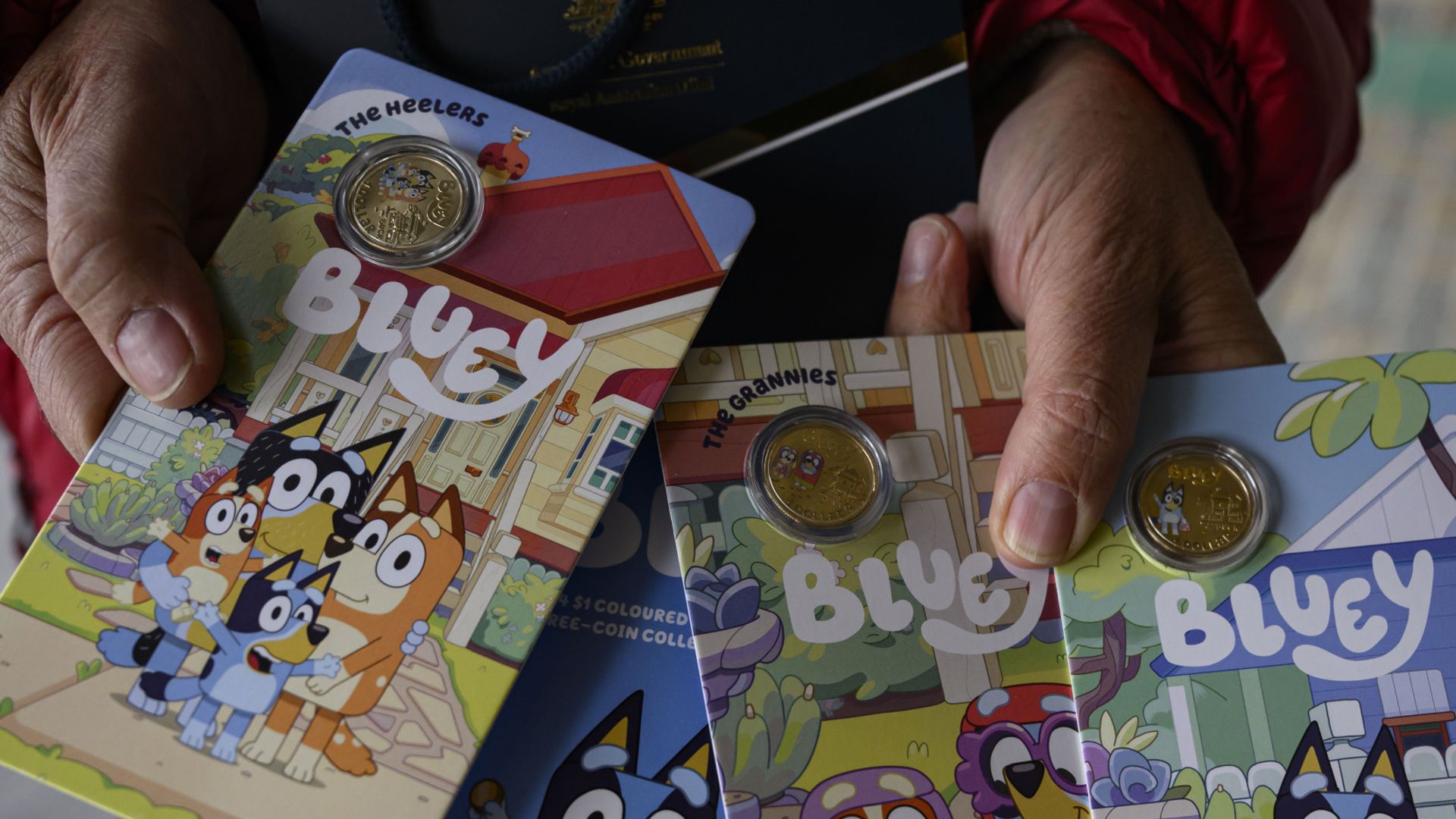
Bruce Hall looks over the blueberry barrens in Milbridge, watching the bumblebees — the Jerry Lee Lewis’ of the bee world — shake, rattle and roll their way to pollinate recently bloomed flowers.
“They’re like a bull in a China closet,” said Hall, an agroecologist who focuses on diversity in farming systems for Wyman’s of Maine, a major grower of wild blueberries. “They’re just muckling onto things, vibrating and shakin’ away till the pollen starts flying around.”
It’s a rite of spring in the blueberry barrens here in Washington County. The bumblebees are larger than the honey bees that also pollinate the flowers, but they are 10 times more efficient, he said. Also more efficient are the native sand bees, a favorite species of Hall, who studies the interactions of plants, animals, people and the environment.

Bees are critical to Maine’s blueberry and other crops, including apples and clover. And a variety of bees is key to a good crop of blueberries, including non-native honey bees, which Wyman’s imports from southern parts of the U.S., and native species like the bumblebee and the sand bee. Wyman’s has set aside about 1,300 acres of protected habitat for the native bees, which have access to fields of wildflowers to eat. It also uses a pest-management program to protect the pollinators.
The 149-year-old company this year also started a three-acre wild blueberry research field with the University of Maine to study how the berries grow and how they respond to temperature, precipitation and freezing conditions. That could help Wyman’s understand how the plants might respond to climate change effects in 50 years, Hall said.
The information will help now as well to assure the plants and bees work together optimally. Each pollinated flower yields one blueberry. Wyman’s specializes in low-bush berries, also known as wild blueberries, producing most for resale as frozen products. The tight relationship between the bees and the flowers determines how well the crop will do in a given year.
Hall declined to give production data for Wyman’s, but the state produced almost 78 million pounds of wild blueberries in 2022 valued at more than $55 million, according to U.S. Department of Agriculture statistics. That production is down from 105 million pounds in 2021 valued at $80 million. Berry crops can vary widely year-to-year depending on drought and other factors.
Blueberries are a major contributor to Maine’s economy. Combining high- and low-bush berries, Maine produces 99 percent of the blueberries in the country, state data shows. There were 21,000 acres of blueberries in 2021, most of it in Washington County, according to the University of Maine Cooperative Extension.
The native bees pollinate about 20 percent of the blueberry crop, while the imported honey bees pollinate the rest. Wyman’s imports about 20,000 hives containing a total of 70 million honey bees each year. This year it brought in 46 truckloads of bees, which are transported in wooden boxes containing up to 10 frames loaded with honey bees.

“The native bees are not capable of pollinating all of the flowers we have to produce reliable crops every year, so we bring in the commercial honey bees,” Hall said. “One isn’t better than the other. We need them all.”
After they are done pollinating, the hives are moved to other areas of the country, including to cranberry bogs in New England and almond orchards in California. Usually by the time they are moved from the blueberry barrens a new generation of honey bees is in the hives. The honey bees only live 21 to 28 days.
Hall is especially fond of the native sand bees because of their life story and the strong relationship between the bees and the blueberry plants. The life cycle starts as a solitary sand bee resting in the ground and emerging seven to 10 days before the wild blueberries start to flower. A big swarm of the bees will emerge and mate at the top of nearby trees. The male dies and the female lays eggs as the blueberries start to flower. She continues to store pollen from the plants in the ground with her eggs and she dies when the blueberry crop completes flowering.
“All those eggs remain underground for the full calendar year, when the cycle begins again,” he said. “Their whole life cycle hinges on this plant, but the plant also requires it to be there.”








